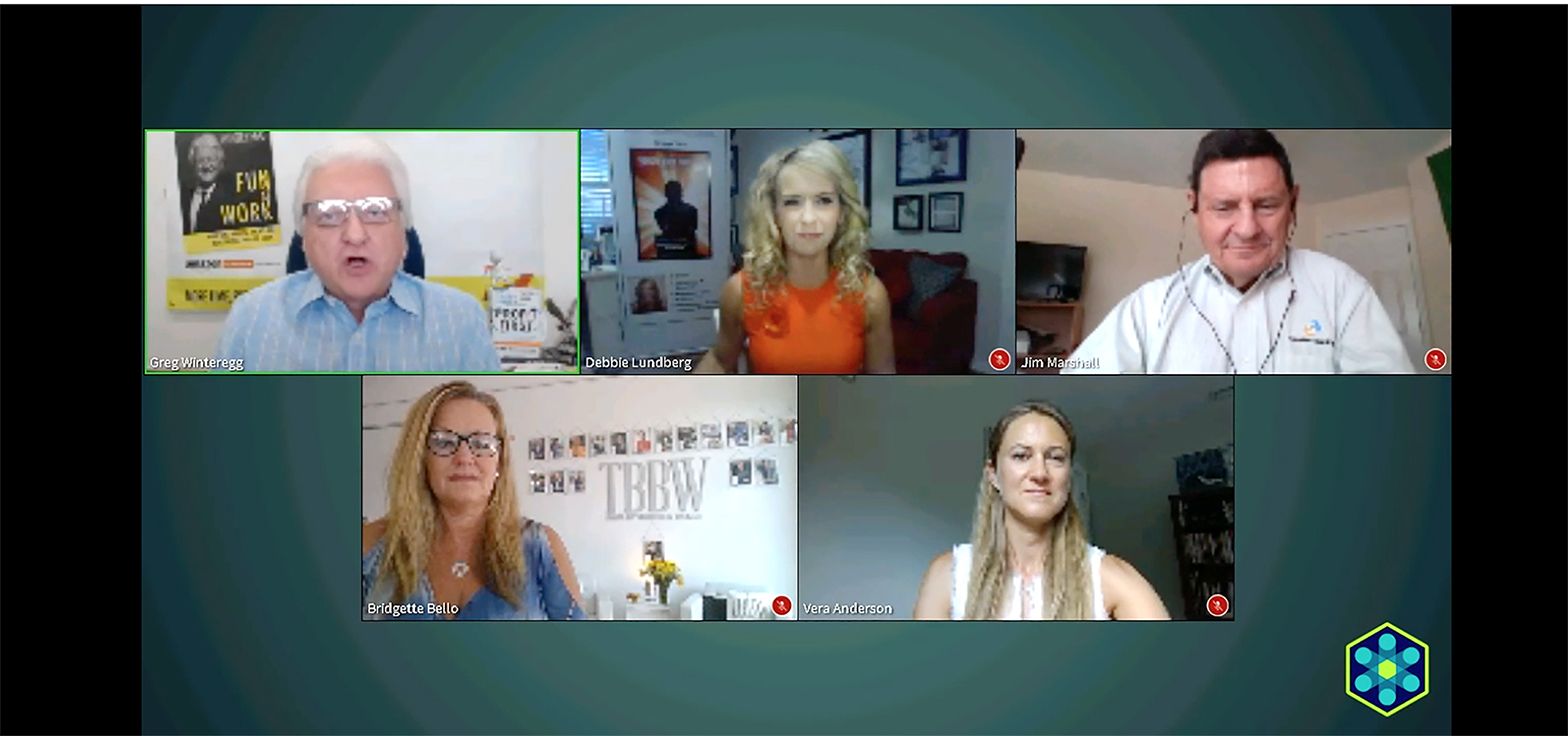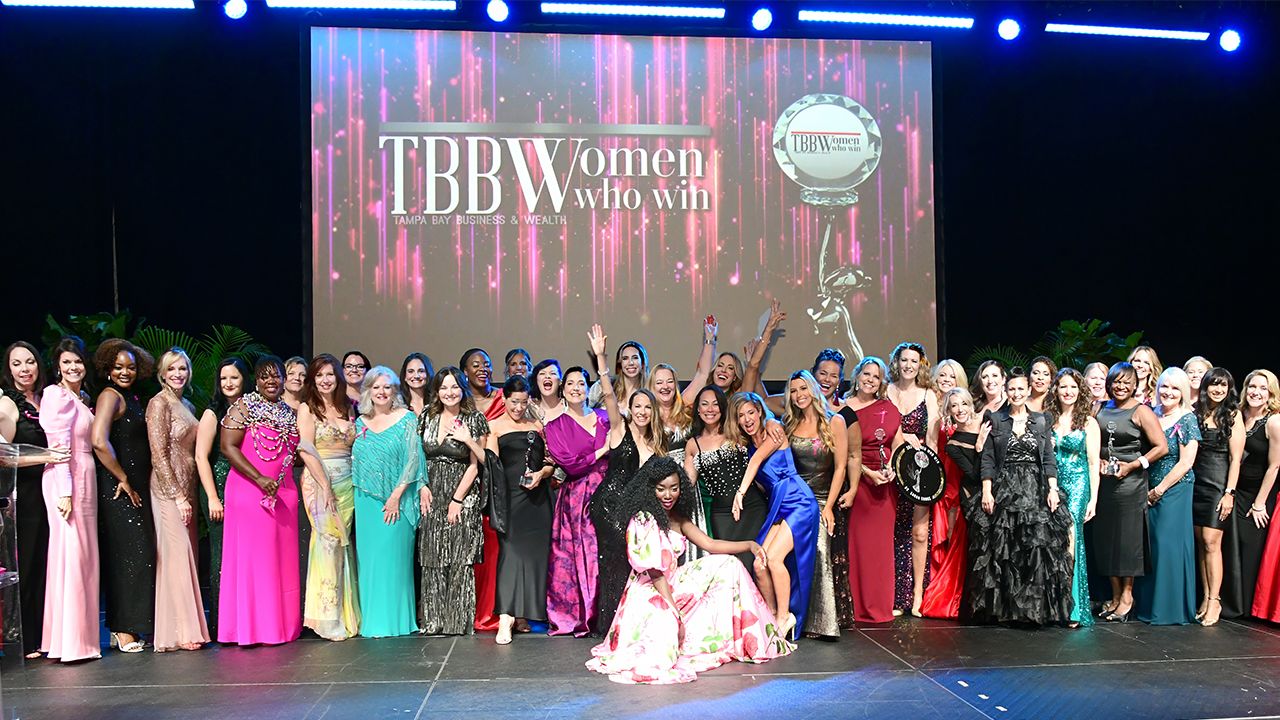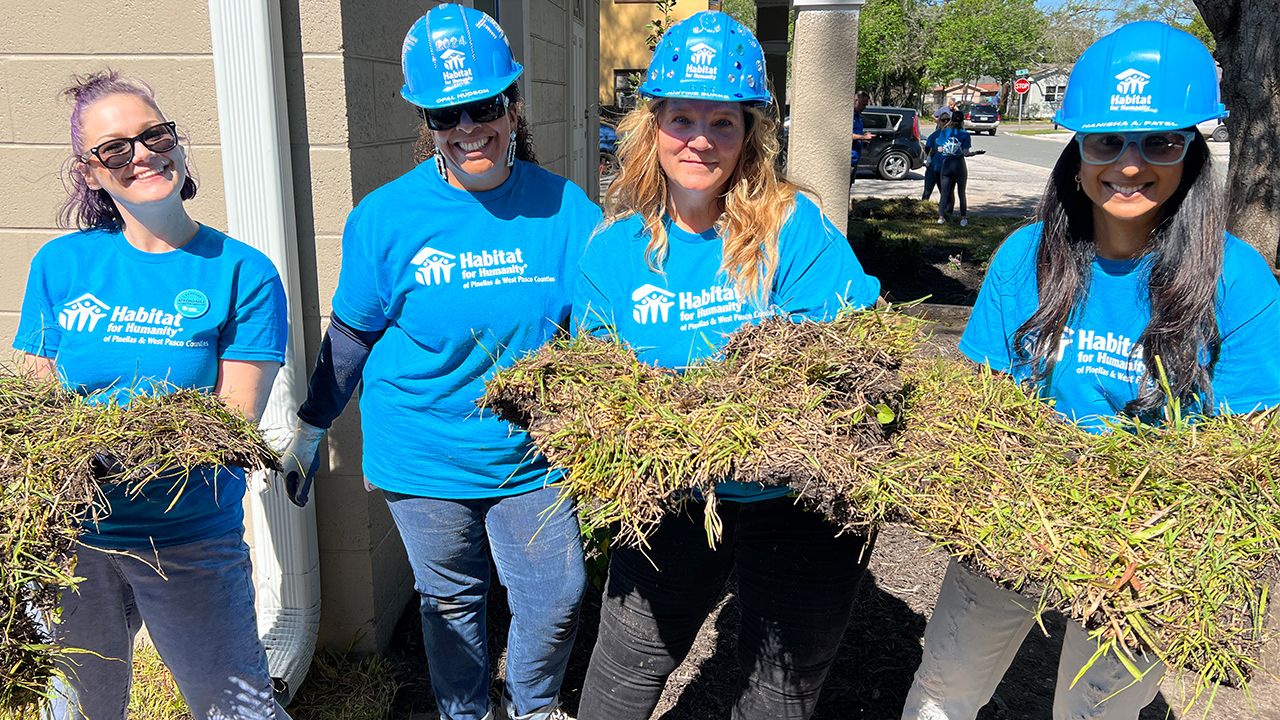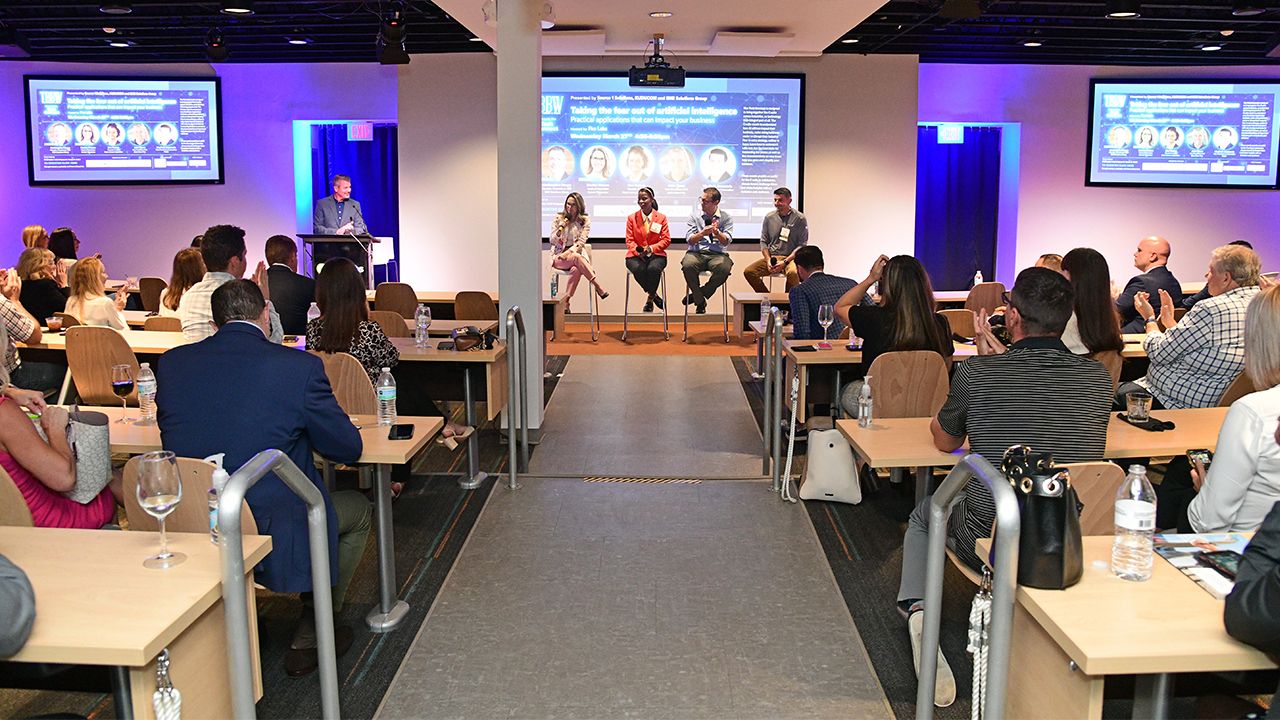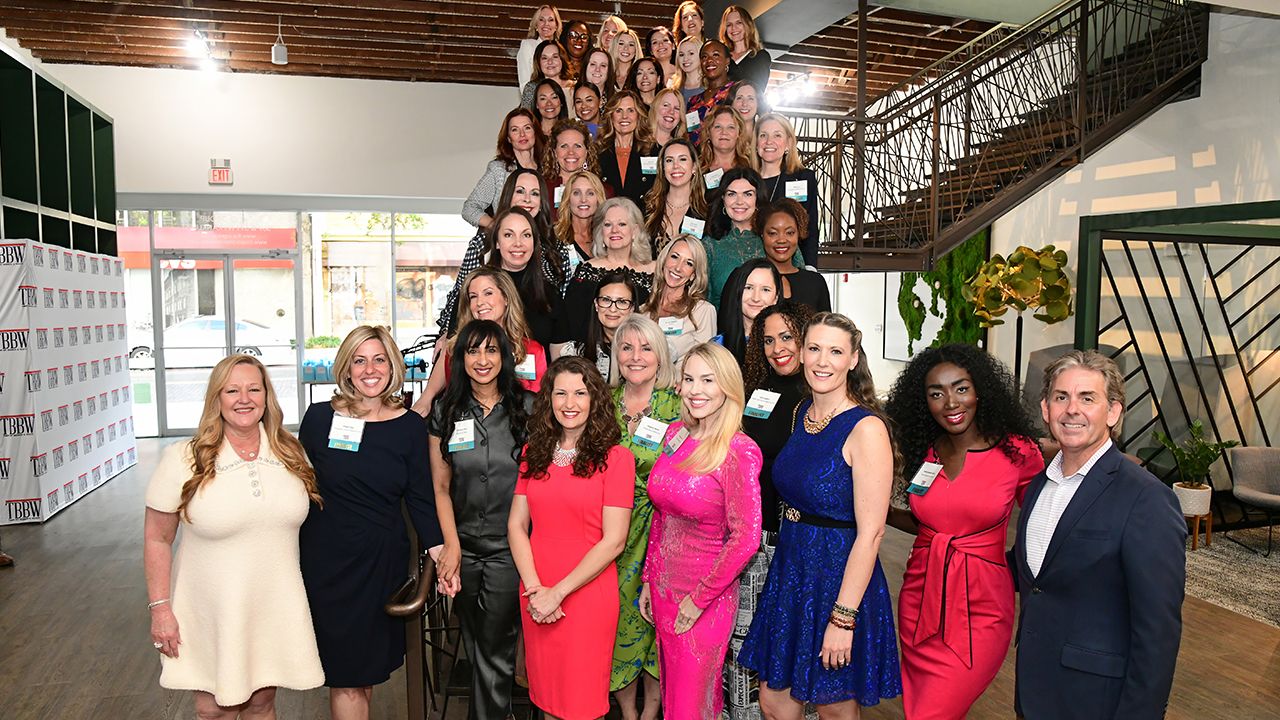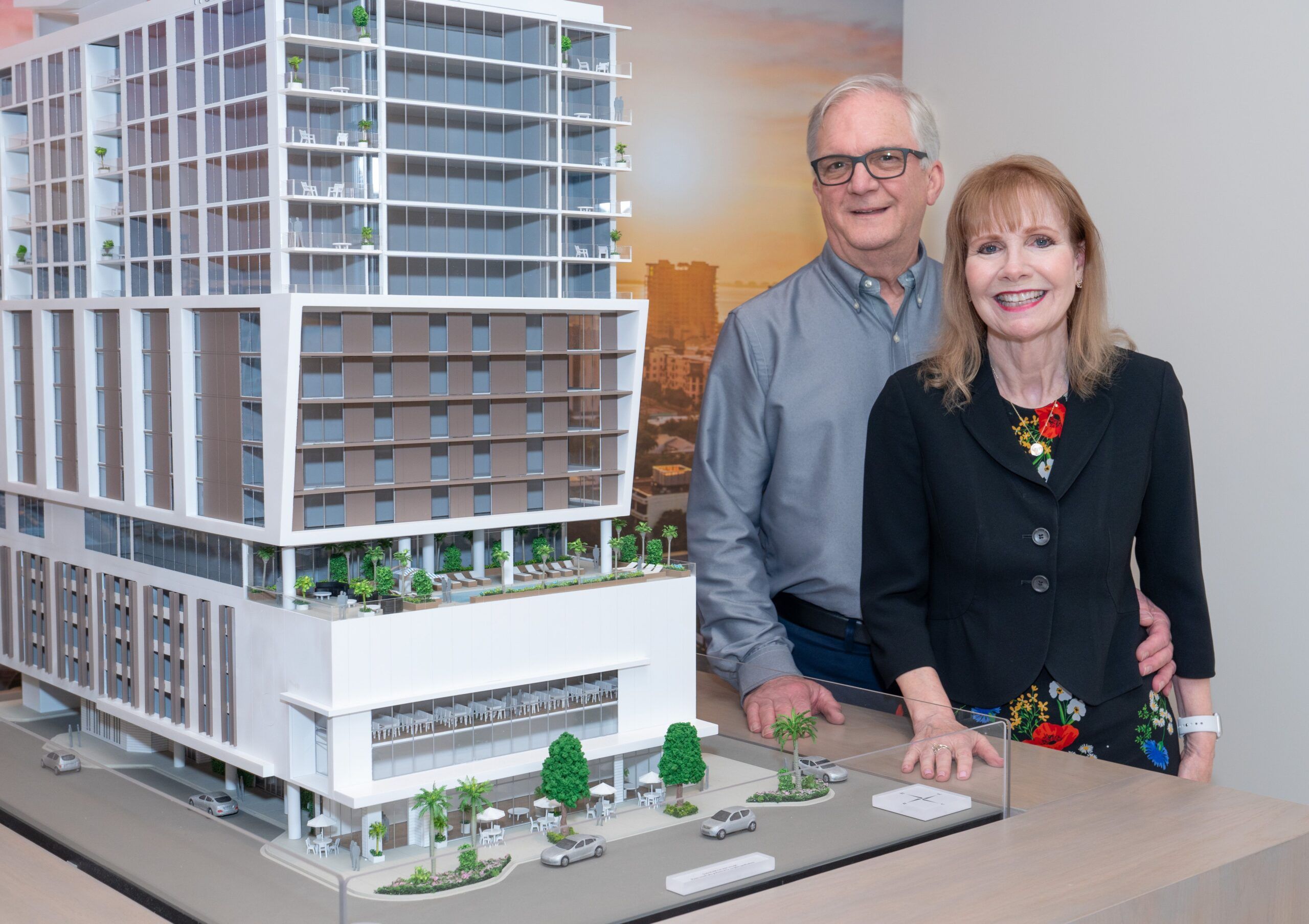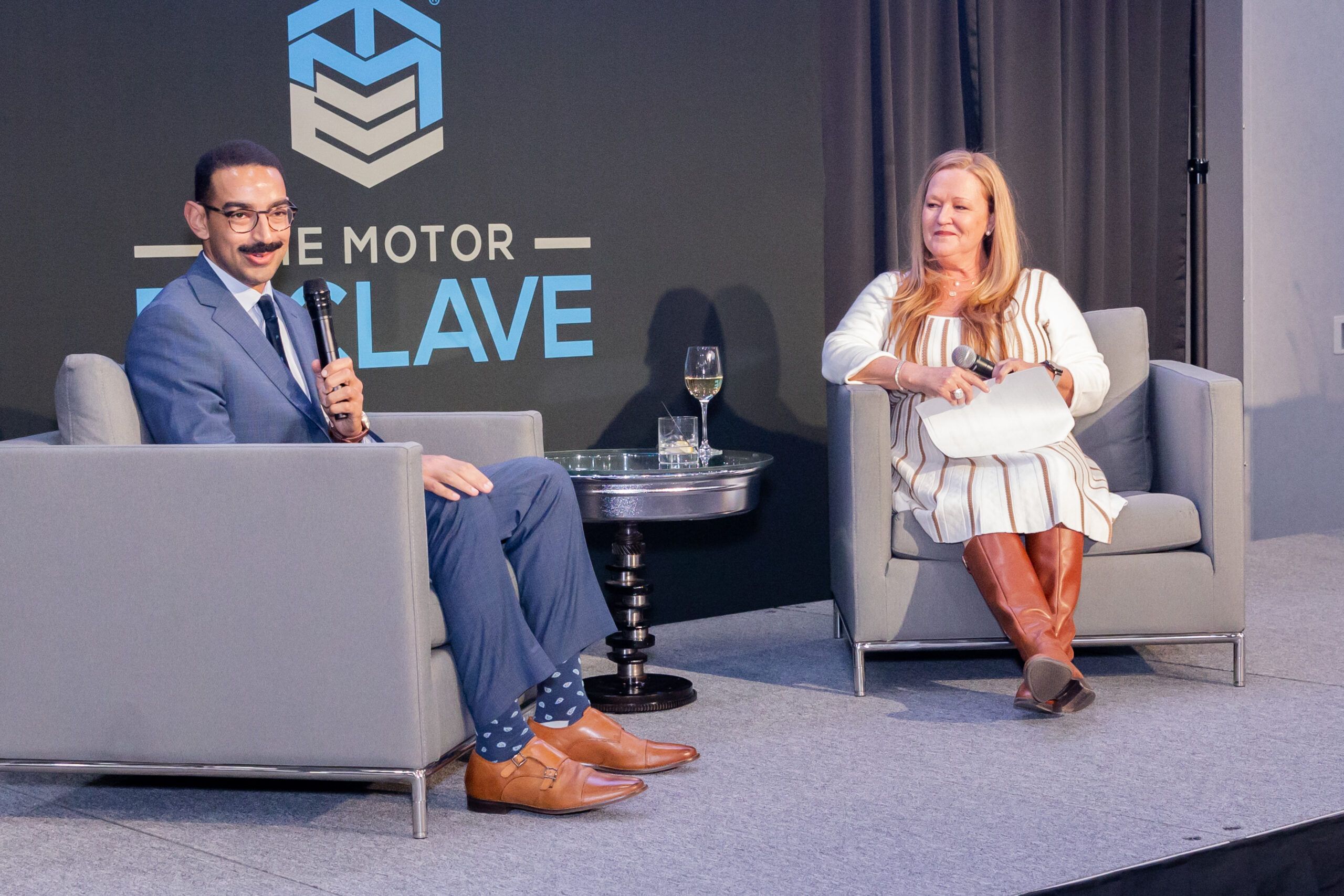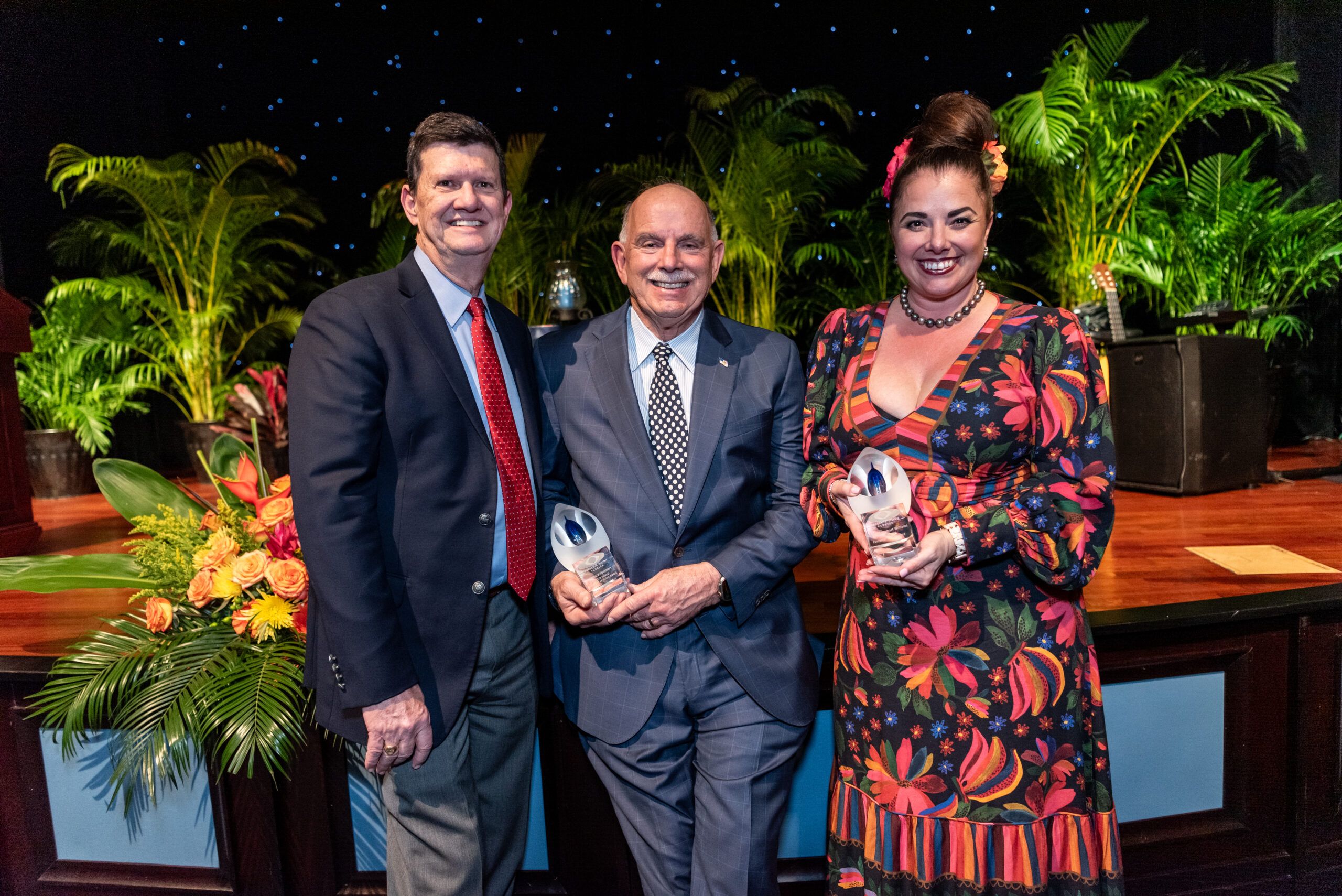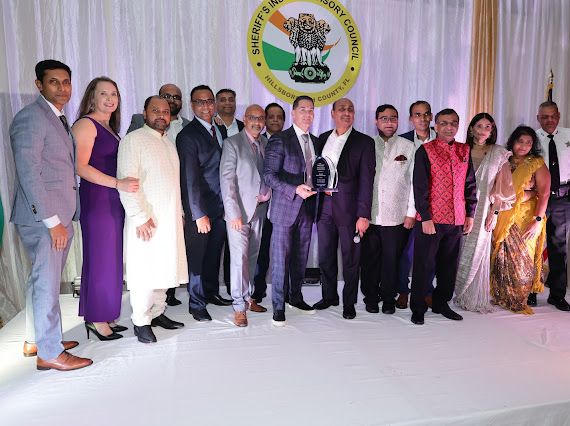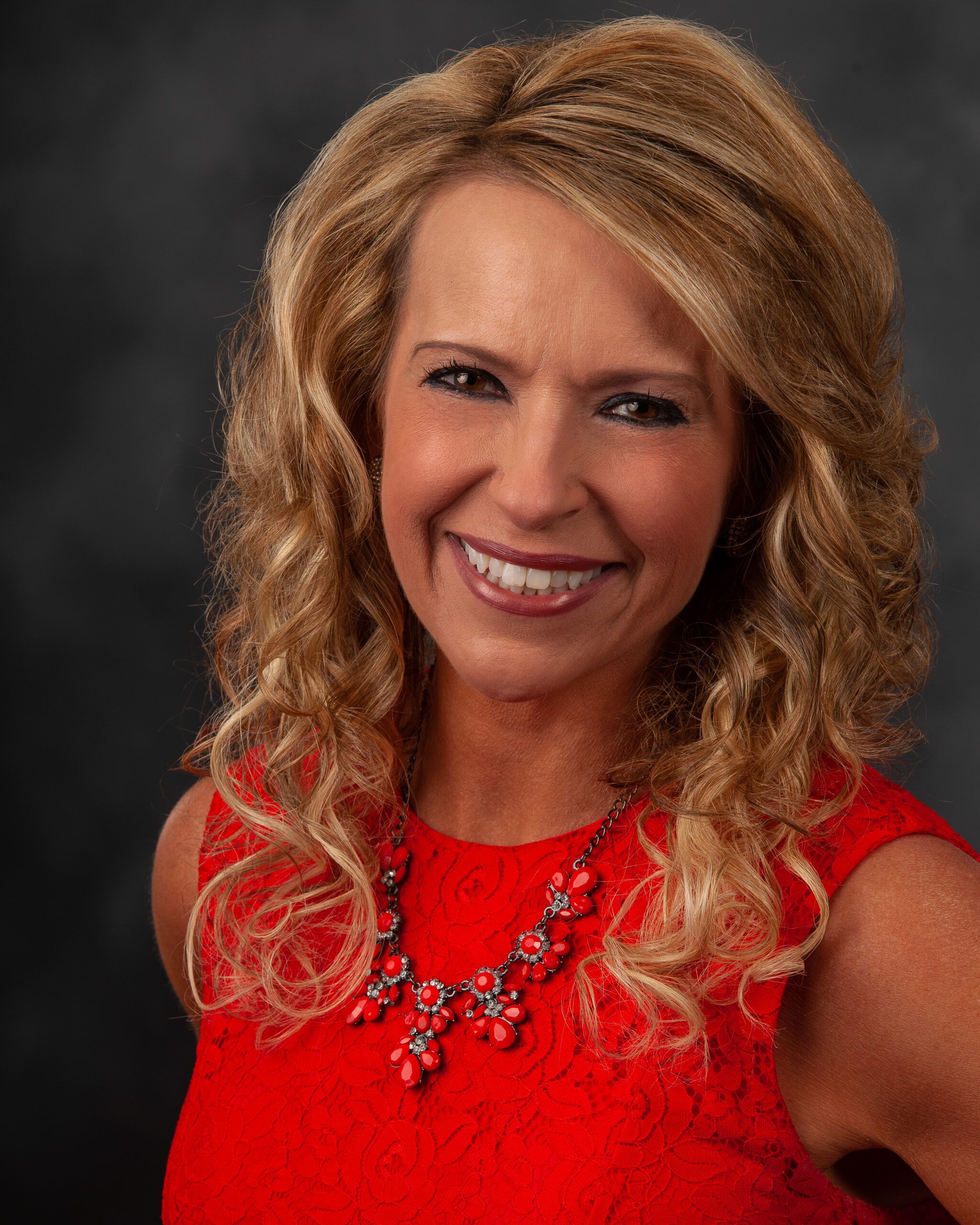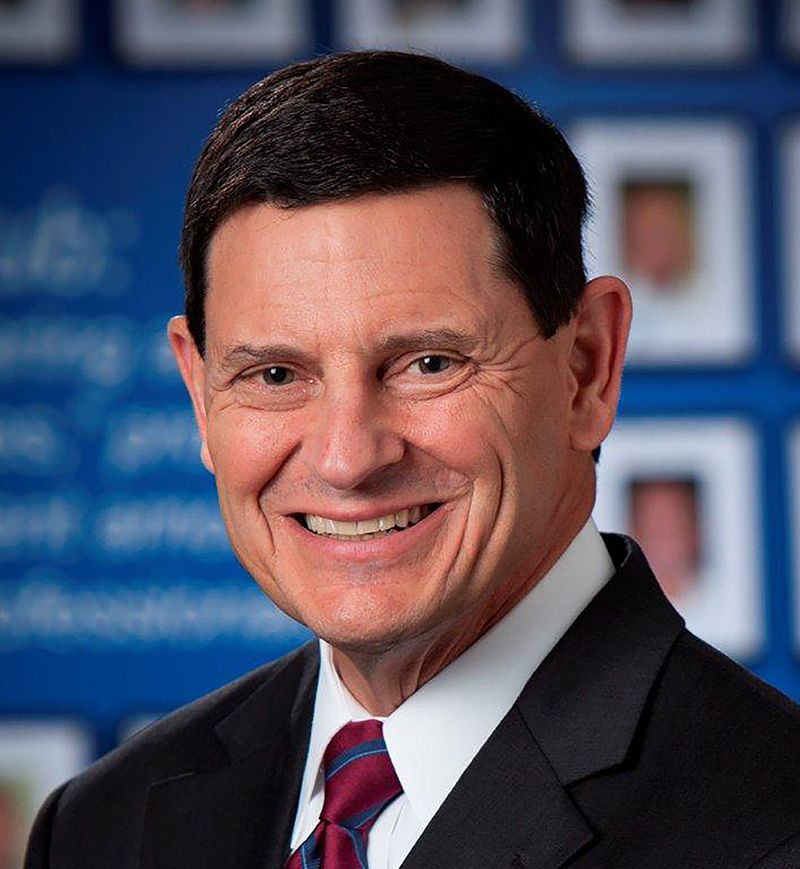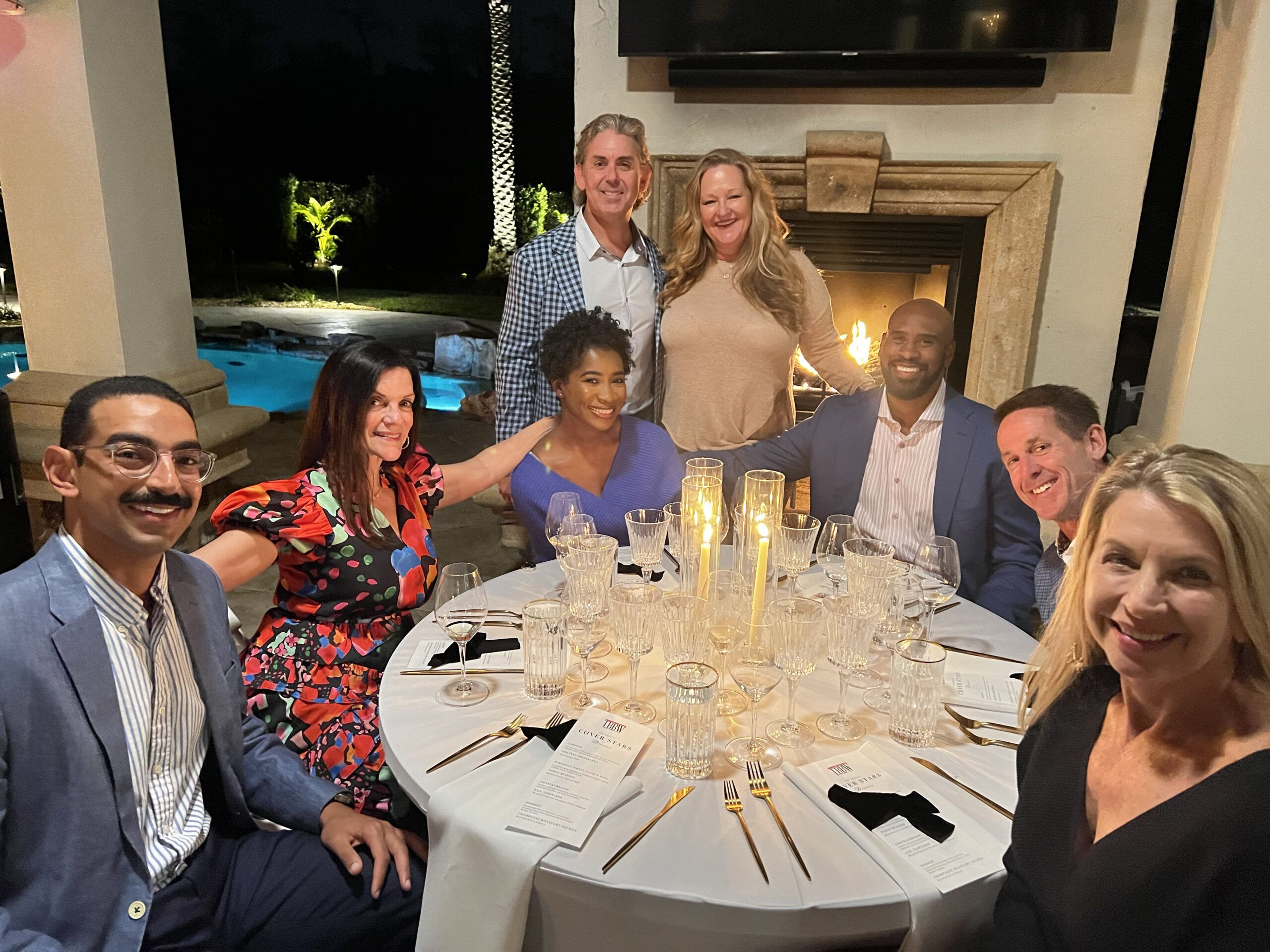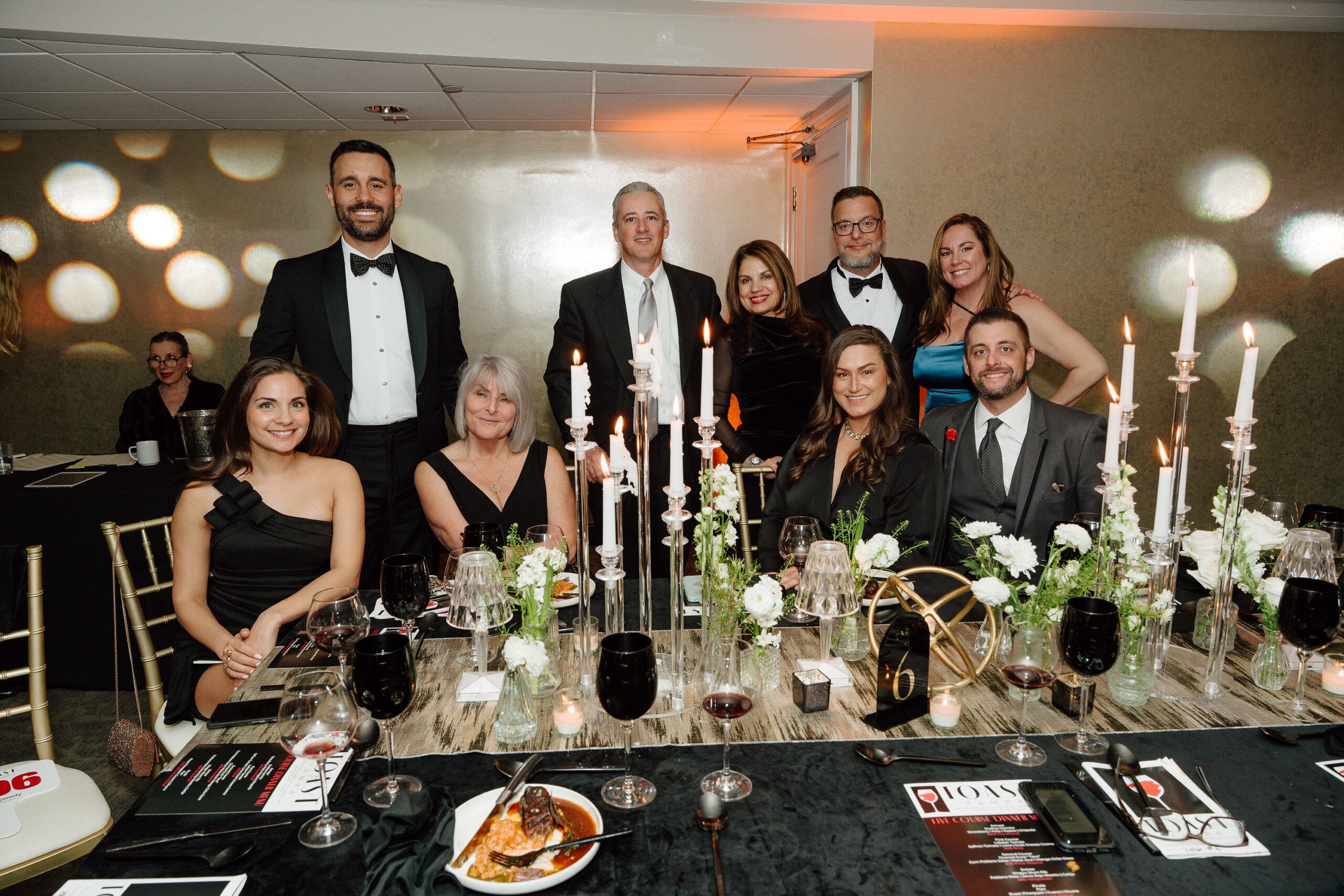Synapse and Tampa Bay Business and Wealth magazine teamed up for this one-hour session moderated by TBBW’s CEO and publisher, Bridgette Bello, via Zoom.
The Panelists
• Vera Anderson, legacy coach and growth strategist, Global Elements Consulting
• Debbie Lundberg, author, speaker, strategist and performance coach, Presenting Powerfully
• Jim Marshall, owner and president, Sandler Training
• Greg Winteregg, entrepreneur, lecturer, author and vice president and partner, MGE Management Experts
What are some best practices, now that we are all forced to connect in a virtual world?
Winteregg: At first, I was not happy that I had to do all my meetings virtually. I have done webinars with Zoom, but I’m a public speaker and it’s a lot more fun doing live events. What I found is that doing a virtual event there’s not so much time for the social chit-chat like you would, say, at a TBBW networking meeting. For me, my success in these last few months has been getting immediately to the point, a quick introduction and then right down to the heart of the matter as to why we’re having the call.

I think, as a speaker, it’s harder to hold attention when somebody is sitting in front of a computer screen rather than face-to-face. [Your phone] is only an arm’s length away and people oftentimes can even tell [when someone is on their phone] during a call, because they’re looking down.
And so, for me, I try to engage with people more. When I’m doing a Zoom event, I ask questions in the chatbox. One-on-one, I’m a better listener than I am a talker, so I try to ask a bunch of questions from the person that I’m on the call with and try to keep their attention focused on me.
If I’m talking too much, then their attention is going to stray. Keep it focused on them, get directly to the point and something that may have taken an hour could take only 20-25 minutes.
Lundberg: For so many people they were thrust into remote work and they thought it was just “working from home.” Some best practices are to ask people how they like their communication and the best time of day to reach out, the way they prefer things, and then honor those preferences.
You may love to be on at 7 a.m. if you schedule a Zoom meeting, be sure to call it that and let the person know if you expect to have video on. If they say they prefer not to have video then schedule a phone call and be respectful of those preferences.
We’ve been virtual in many ways for a long time and all of a sudden, we felt like we didn’t know what we were doing when, in fact, we’ve been using phone, text and email for years. So remember, we don’t have to be perfect—even “rockstar remote” workers are not perfect, and we really want to be respectful.
Jim Marshall, how about you? Tell us your best practices.
Marshall: I believe that if you’re going to do effective Zoom meetings, you have to be cognizant of the fact that, this isn’t radio. You have to be cognizant of appearance and you have to learn some of the technical aspects.
For example, here above me, you will see a ceiling fan, that’s not good in Zoom meetings because I know that ceiling fans cut down the bandwidth of the meeting. The point is you have to be cognizant of how you connect with other people and when you meet people for the first time, they form instantaneous impressions as to whether they want to have a conversation with you.
We think we have to have the perfect pitch as to what we say, and that doesn’t really comprise very much of their first impression of you. They’re going to be paying more attention to how you sound, and most important on a Zoom call, they’re going to pay attention to how you appear. Eye contact, facial expressions, appearances and things like that. You have to make sure your sound is good and make sure your lighting is good.
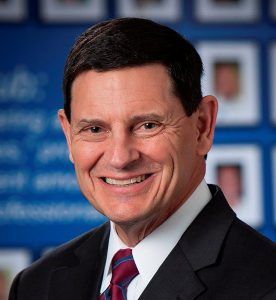
If you have control over a virtual background, terrific, but you really have to pay attention to how you come off, appearance-wise, in order to have an effective meeting.
How about you, Vera? What are your tips?
Anderson: The most important thing to realize is that now we are truly connected to the world. Whereas before, when we were networking, is was very much location-specific. We had geographic boundaries. Now, your business is omnipresent, and with that comes an additional responsibility of not only how you represent your business, but how do you represent your country and how you connect with people from other cultures that might not share beliefs that you do or might not share the same practices.
I think part of becoming more virtual is realizing that you have much higher access, you have much wider access and being aware of how you come across to people with different backgrounds and beliefs.
Debbie, you said it earlier. We’ve been virtual for some time between texts, emails and phone calls. Is this any different?
Lundberg: Some things are similar. Certainly, we can still communicate in all of the ways we used to, save for, as Vera said, we’re not necessarily restricted by the locations.
I tell people, make sure you’re smiling, and it can’t be phony. Everything has to be sincere, but there are these opportunities, as Greg mentioned, for the consolidation of time. And if you’re presenting, like so many of us in this meeting do, it’s important to think that no one is going to come with energy for you and you want to come in and out of the meeting with connections, so people follow sound and motion.
If we’re removing the body language, outside of this square, then we want to remember that it’s important for us to really engage and not limit or think that it’s only on video so it’s not that important or it’s not that big of a deal because everyone’s time is important in all of the business that we strive to create, and collaborate, on is worthwhile.
How should we be handling these meetings virtually, different than if we were handling them face-to-face?
Winteregg: I’ll tell you what I’ve noticed is if you run your meeting properly, it can take something I thought was a negative and turn it into a positive. People’s perception of using a virtual connection has completely changed and it has become more tolerable.
Whereas, I have a client that maybe would have been a 30-minute or one-hour drive, it would have been considered rude to not go, and see that client, and make my presentation personally. If I had said ‘you know I’m really busy, can we just do a Zoom call,’ it lessens their importance. But right now, people are expecting it and I realized how much time I was wasting driving around.
So the balance here, for me, is the negative, which is not being able to have that personal contact, and be tipped to an advantage, which is, you can make more virtual contacts in a day than you could have made in-person contacts in a day.
It’s now become an acceptable norm. When done properly, it’s a huge advantage.
Marshall: I think you need to ask their preference. There are some people that prefer Zoom, there’s some people that prefer the old fashioned telephone, there’s some people that have no hesitation, whatsoever, about meeting face-to-face. I had two face-to-face meetings today, simply because that was their preference.
We need to be sensitive to that. Just because we may prefer Zoom, because I agree with you, Greg, because I’ve saved so much time in travel, but if the client wants a phone call, if they want to meet face-to-face, I think it’s important that we’re sensitive to that.
Anderson: I work with a lot of my coaching clients on creating a system for a sustainable lifestyle and a sustainable schedule. If you are scheduling a full day of Zoom calls, or meetings, make sure that you give yourself breaks. Make sure you give yourself time to go to the bathroom, to get some water, to ea,t and most important, make sure that if you’re going to have a full day [of] calls and Zoom meetings that you have another full day where you can get all of the follow-ups and work done.
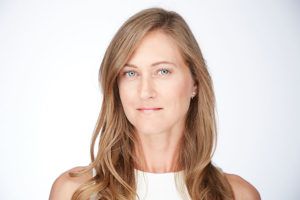
Because if you don’t, you start creating this trap for yourself where you’re on calls and meetings all day and then you’re trying to catch up at night and you’re not creating any kind of sustainable routines or self-care space. So be comfortable with setting up boundaries that work for you, long term. We don’t know how long this is going to last.
Lundberg: I say stop the screen, stand up and stretch. It’s all about your energy and your mindset. Zoom gloom is real, and we’re not used to being tied to a square and that limitation, while it is wonderful for time, and scheduling, it’s depleting of our energy. Set boundaries and have those expectations and then you share them with those in your space so that they know what those are and we don’t have to answer every single email and accept every meeting.
Self-care is also having the self-respect to say, “no, thank you” and “here’s another option.”
When we are connecting virtually, what’s the best protocol and etiquette pre- and post-connection to be the most effective?
Winteregg: For me, I like to have an outline written. I use a digital pad. I make my own agenda for the call. I’ll have the top four items I want to get to on the call listed before I login. That way I’m focused and if the call is ever going off topic, I can bring it back by saying, “You know there are a few other items I want to cover on this call today.”
I also keep track of a log for every call. I make notes while on the call, and if there’s a follow-up, I’ll even start to outline the follow-up call.
I find myself being more prepared because I’m conscious of getting more done in less time. It’s made me more organized and a plus is, I’m able to get more done in less time.
Anderson: It’s very important to set the right expectations. If the intention of the call or meeting is to connect, and get to know each other, it’s OK to have a general banter. It’s OK to talk about family and friends, and other things. It’s still a connection and building a relationship. If the agenda is to complete a certain task, or move the process forward, an agenda would be very helpful.
What I like to do is, as one of my coaches taught me, to create a container for that meeting. You say, this is what we want to accomplish and you get an agreement about it on the front end and then, in the end, you use it as a wrap-up. And ask if you accomplished these objectives and what are the next steps. [And] you have an agreement as to what is going to happen next. And a reason for you to follow up with them. It creates the flow organically.
Marshall: You have to have an agenda going in. You have to have some sort of a cadence or objective of the call. It’s also important that you take some time to consider what the other person’s agenda might be. What are they hoping to get out of this meeting? A keyword to remember here is that the goal of the call should be mutual satisfaction. There needs to be mutual comfort in the setting. There should be mutual consent on what you want to get out of the call and mutual commitment in terms of action items and what’s going to happen after the call.
Do all of those same principles apply for a group meeting, or reaching out with someone on LinkedIn?
Marshall: I think there are similar rules. The same thing goes for an in-person meeting.
Winteregg: I agree. I’ll tell you, following along the line of having more of an agenda, and, Vera, I agree with you. It can’t be all business, there has to be some relationship-building in there. I know for certain; my face-to-face meetings are now going to be more effective.
Anderson: I would just add quickly, it’s really important to be aware of how you come across. When you’re direct messaging or chatting or even sending emails, we tend to come across harsher. And you don’t know how the person on the other side is receiving it. Just being cognizant of that is important in the absence of physical and social cues.
How can we effectively read the people that we’re in a Zoom meeting with during these virtual times?
Anderson: It’s very important to just be aware of the other human being as a human being. If you’re seeing someone who is jumping on the call and they were just on five other calls and they’re frazzled, give them a minute. Let them go get water. It’s the same if you were to meet someone in a coffee shop. You wouldn’t jump into the meeting. You would first go get a coffee and get settled then you would start the conversation. Let people be human and being compassionate about where they are on that day.
If you ask them, “Hey, it looks like you’ve had a rough day,” they will tell you what their challenges are and they will tell you how you can help them. Then there’s no selling or pushing involved. You are truly there to help.
I would add something to that, too. If they don’t tell you how you can help, ask. Be a human being and ask them: Is there anything I can do to help you?
When we are holding a Zoom meeting, what is the proper etiquette regarding the camera?
Lundberg: Don’t panic if something doesn’t go well. When you do have your camera, Jim is right, check it for how it works. It’s good to have mid-chest up and have some space around you.
You want to show some space around you and you want to let people know that if you are going to be in a video meeting, it is expected and appreciated to have the camera on. So if someone says I’m not comfortable with that, then shift to a phone call or ask if they would like to reschedule.

For placement, think about the same place you put your nametag. So your video should start at about chest level and maintain the right amount of space around you.
When you proceed through the video meeting and a dog jumps into view, or something crazy happens, I like to say exercise your sense of humor muscles because you’re going to flex them often in virtual meetings and sometimes, they make for the best memories.
Debbie, you’ve said this before. Call it a Zoom meeting as opposed to a Zoom call. I can’t tell you how many days I got up and put makeup on for what I thought was a Zoom meeting but it was actually a Zoom call.
Lundberg: We want to think about that person, and ask yourself, are you giving them the opportunity to present their best self? Isn’t that what we all want? To present our best selves.
Marshall: I think it’s important to remember that many of us, you might be novices at this, we were all novices at this once upon a time in this virtual world. In my first couple of meetings, I sat there in a T-shirt. Then I thought, that might not be a good idea. So now, this is the norm. You’re going to learn as you go and you’re going to make some mistakes, and hopefully you can benefit from the mistakes we’ve all made as we’ve evolved into what we’re doing now. ♥



